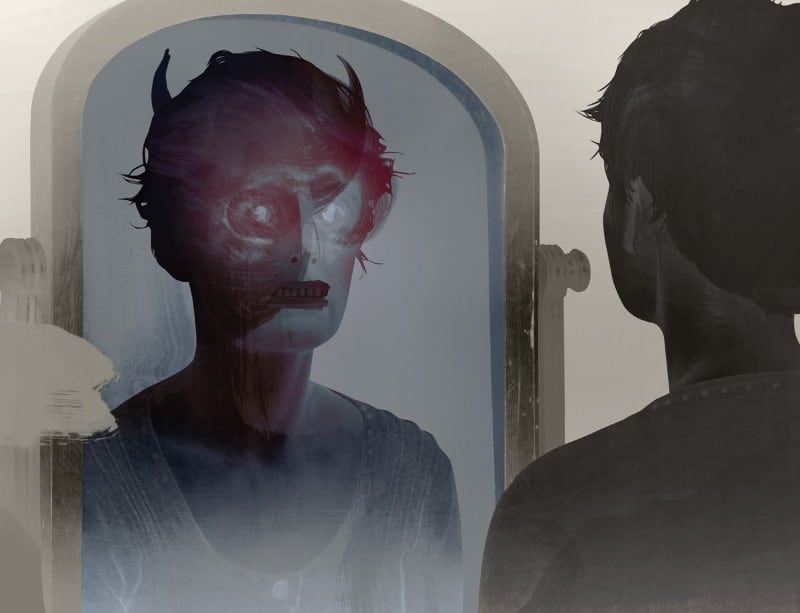Πρόσκληση υποβολής περιλήψεων για το Συνέδριο: Mirrors and Mirroring: From Antiquity to the Early Modern Period (6-7/10/17)
Προθεσμία υποβολής περιλήψεων: 27 Φεβρουαρίου 2017
Για περισσότερες πληροφορίες:
International Workshop Mirrors and Mirroring : From Antiquity to the Early Modern Period
6 - 7 October 2017, University of Vienna
(Deadline: 28 February 2017)
Organizers: Lilia Diamantopoulou (University of Vienna) Maria Gerolemou (University of Cyprus)
Mirrors (or reflecting surfaces) and their sym
bolism in classical Antiquity have been investigated to a certain degree by scholars who work with representation, duplication and reflexivity. The figure of the mirror as means of ref lection of the self (autoscopy), i.e. as means of perceiving, evaluating and knowing the self, or as reflection of the other, as well as in regard to their metaphorical use as agents of transformation, has also received some attention (cf. Frontisi - Ducroux and Vernant 1997; Bartsch 2006, Taylor 2010; Stang 2016).
However, there has been less emphasis on mirrors as artifacts that function as means for conceptualizing reality in Antiquity, as well as on comparative analyses between ancient and modern uses ( Anderson 2008).
Our focus is on research areas that relate to the concept of mirrors as reflecting media and as material objects, on mirroring as a process of production or reproduction of the physical object (ancient theories of optics in general and of catoptrics in particular), and on reflections as virtual images . While we invite proposals from the realms of art, literature, history, archaeology, philosophy and science on any aspect of the following subjects, these are by no means exhaustive.
• How does a mirror work? Beside the common visual registration of an action or inaction, in a two dimensional and reversed form, various types of mirrors possess special abilities which can produce a distorted picture of reality, creating illusions and falsehood (speculum fallax); for instance, some mirrors shrink or enlarge their objects, others create three - dimensional copies (concave and convex mirrors). Oracular mirrors and magical mirrors, as well as mirrors revealing the divine will be also tak en into consideration. In this vein, mirrors are actually explored as prosthetics that allow us to look where the eye cannot reach (cf. Eco 1983).
• What do we see in a mirror ? Mirror images are not thought to be the product of a perspicuous reflection of a physical object. They are the products of the interrelationship between the action of viewing and the reflected object. Contributions on visual process are welcome from both the lens of geometrical optics as well as from a philosophical poi nt of view (cf. Smith 2015, Squire 2016).
We are also open to papers representing under - researched aspects of the figural usage of mirrors and mirroring e.g. mirrors and mise en abîme , mirroring and textual replications etc. Papers presentations , which must be in English, will be 30 minutes long, followed by 15 minutes of discussion. We welcome proposals from advanced PhD students and early career researchers, as well as more established scholars.
Please send an abstract of 300 words by 28 February 2017 to both of the two organizers: Maria Gerolemou (gmaria@ucy.ac.cy), Lilia Diamantopoulou (lilia.diamantopoulou@univie.ac.at) .
We will acknowledge receipt of all abstracts, and we expect to reach a decision by the end of March. In the meantime, plea se feel free to contact either of us for further information. The conference will be hosted by the University of Vienna. Speakers will have to make their own arrangements for their travel and accommodation.




Δεν υπάρχουν σχόλια:
Δημοσίευση σχολίου